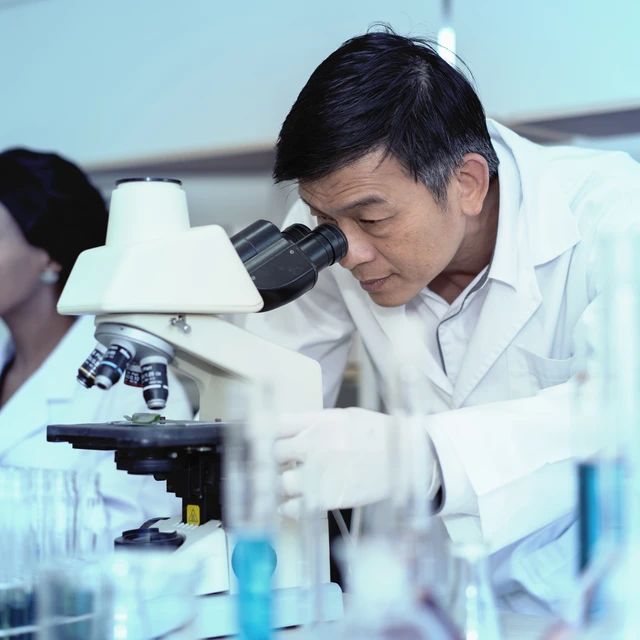How enzyme catalysts work
Enzyme catalysts work by lowering the activation energy (Ea‡) for a reaction, which dramatically increases the reaction rate. As a result, products are formed faster, and reactions reach their equilibrium state more rapidly. Most enzyme reaction rates are millions of times faster than those of comparable chemical or metal catalyzed reactions.
Like any catalyst, enzymes are not consumed by the reactions they catalyze, nor do they alter the equilibrium of these reactions. However, enzymes do differ from most other catalysts in that they are highly specific for their substrates, similar to a lock and key mechanism.




